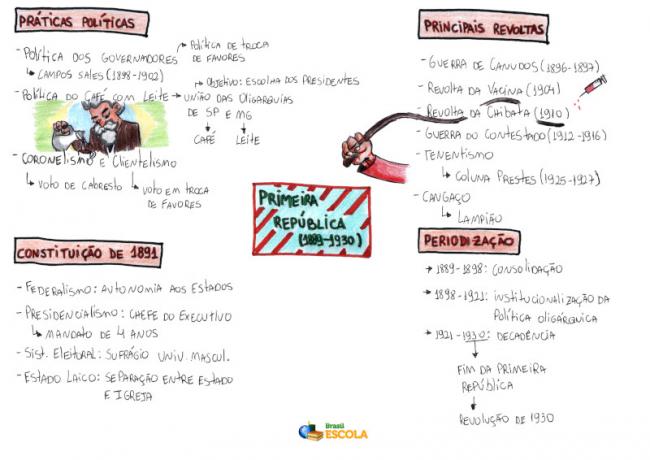At the turn of the century, the internet had its use potentialized through the so-called social networks. Mirc, MSN, Orkut, Facebook and Twitter have become important tools for exchanging information and digital files. More recently, we still have important social movements and political processes being organized through a range of events, texts and images that mobilize thousands of people through these tools.
Recently, a young Cambridge researcher named Mark Sapwell appeared in academia saying that these social networks are much older than we imagined. To prove what he said, the scholar developed a series of studies on ancient rocks located in northeastern Russia and northern Sweden. With the help of supercomputers, he analyzed about 2,500 cave images that represented the lives of men in prehistory.
As with all material from that era, Sapwell was able to decipher a number of habits and practices of the men who have lived in these regions over the centuries. However, he himself claims that the paintings were not merely a record. They also functioned as a network of dialogues and manifestations of what other authors “posted” on rock walls through rock art. But, after all, how was he able to produce this kind of far-fetched conclusion?
According to the researcher, these walls had similar images that were produced at different times. According to him, the reproduction of the drawing would be a kind of positive appreciation of the original drawing, a rustic form of the “like” tool that we find on Facebook, for example. In addition, there were added or complementary drawings that could be equivalent to comments that ensure the transmission of ideas from users of that same network... or would it be rock?
By Rainer Gonçalves Sousa
Brazil School Collaborator
Graduated in History from the Federal University of Goiás - UFG
Master in History from the Federal University of Goiás - UFG
Source: Brazil School - https://brasilescola.uol.com.br/historiag/redes-sociais-na-pre-historia.htm

